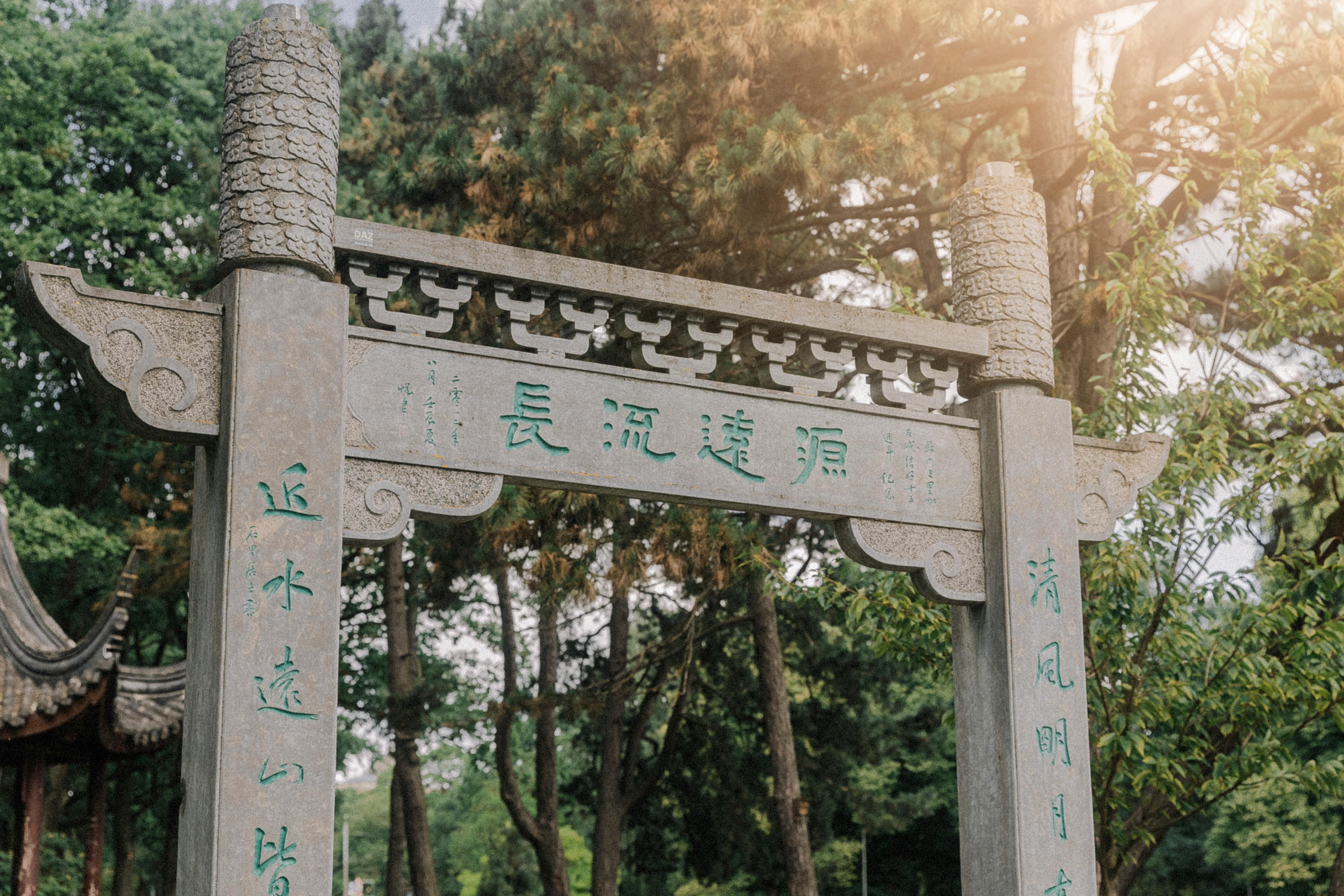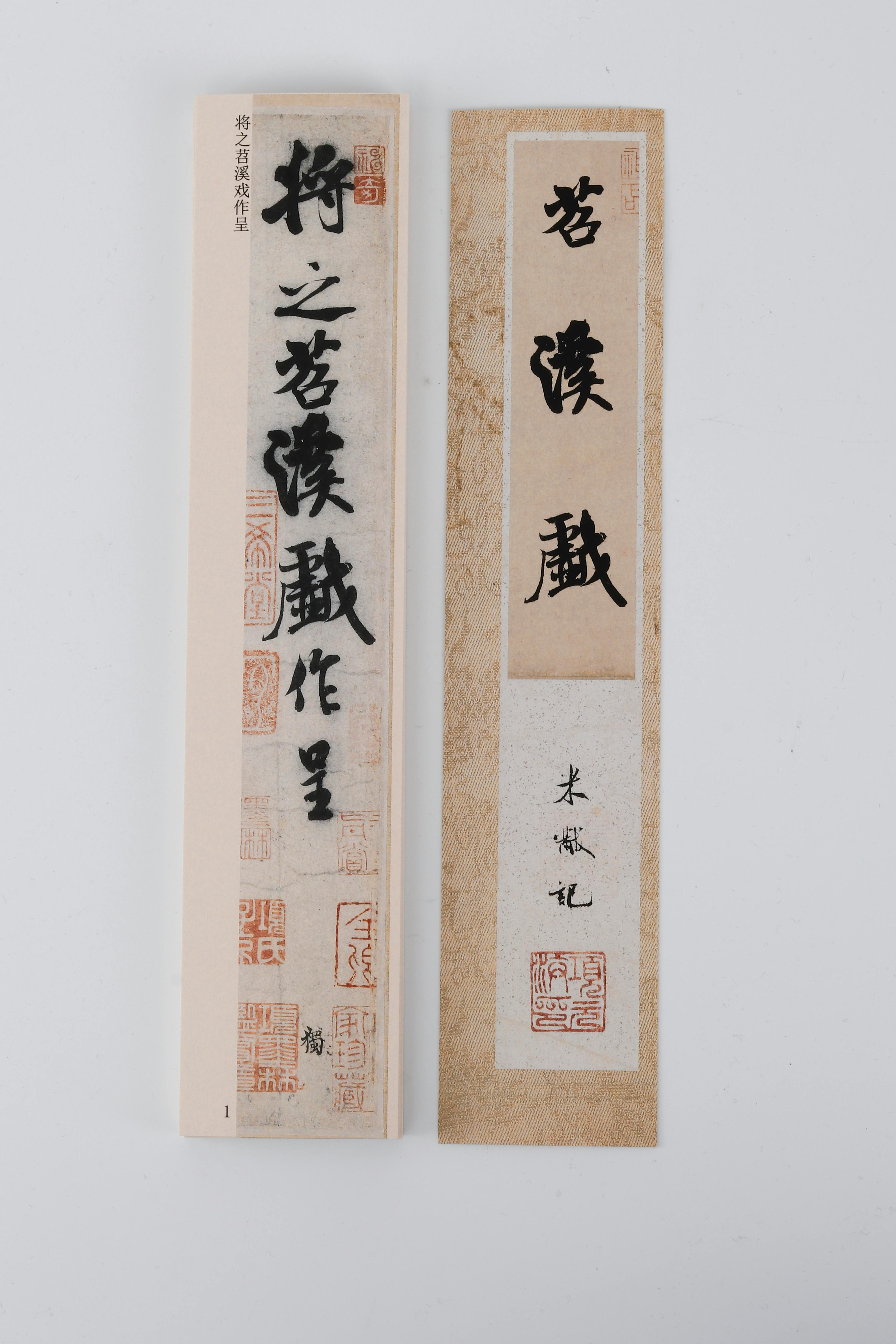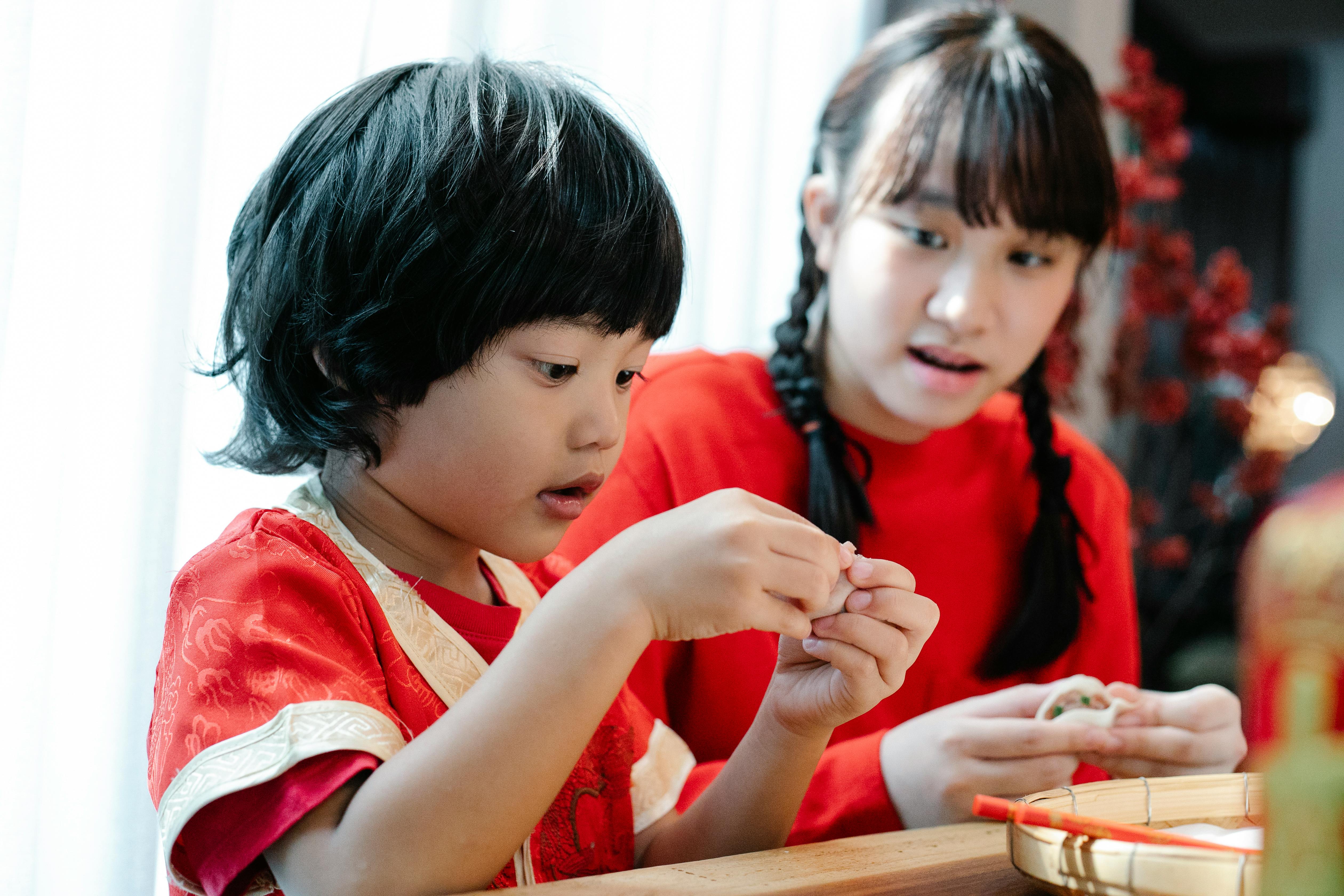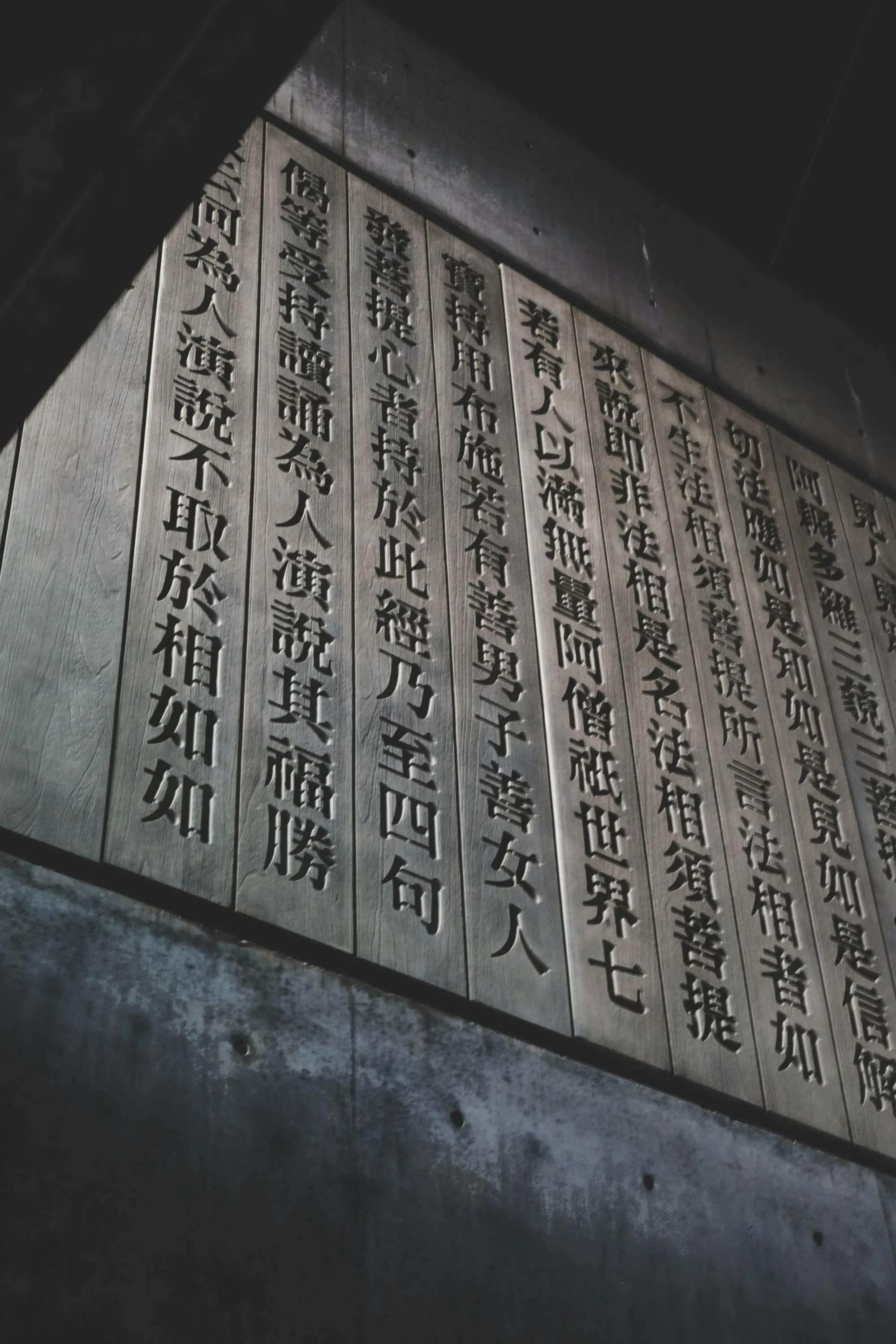Introduction
Delving into the world of Chinese characters can seem like unlocking a secret code. For those embarking on the journey of learning Mandarin, understanding Chinese characters is a crucial part of the process. Not just mere symbols, each character carries a unique meaning and sound, making them the building blocks of the Chinese language. However, this can be a daunting task for many, as there are thousands of these characters to learn.
In our guide "Unlocking the Secrets of Chinese Characters Components", we'll simplify this task for you. We'll explain the structure of Chinese characters, the importance of radicals, and how these components contribute to a character's meaning. We'll also delve into examples of common radicals, and dissect some characters to give you a better understanding.
Furthermore, we'll discuss the differences between simplified and traditional Chinese characters, and how these impact radicals and character components. We'll also introduce you to the power of using Traverse and Mandarin Blueprint to enhance your Chinese learning experience.
Lastly, we'll provide you with science-backed strategies to learn and retain these characters more effectively. Whether you are a beginner or have some knowledge of Mandarin, this guide will help you navigate the complex but fascinating world of Chinese characters. So, let's get started!
Understanding Chinese Characters: More Than Just Symbols
Every stroke in a Chinese character carries a tale, a hint of the ancient culture and civilization that crafted this intricate language. But these characters are far more than just artful symbols. They are the building blocks of the Mandarin language, each holding a distinct meaning and sound. Understanding the structure of these characters and the importance of their key components - the radicals - is the first step to mastering Chinese.
The Structure of Chinese Characters
Chinese characters are not random scribbles; they are a blend of smaller, meaningful units. Instead of learning each character as a unique symbol, it's much easier and efficient to learn these essential units and then combine them to form characters. These smallest, meaningful units are known as radicals or character components.
For instance, the Chinese character for "good" - 好 (hǎo) - is made up of the radicals 女 (nǚ, meaning "woman") and 子 (zi, meaning "child"). So every symbol in the Chinese language, both Simplified and Traditional, is a beautiful mosaic of approximately 200 of these radicals.
The Importance of Radicals in Chinese Characters
Radicals play a crucial role in understanding Chinese characters. They are not only the building blocks of the characters but also provide insights into their meanings. By recognizing the radicals in a character, you can infer its semantic field, which significantly aids in memorization and comprehension.
Take, for example, the character "矿物" (kuàngwù, meaning "mineral"). The character "矿" (kuàng, meaning "mine") contains the radical "石" (shí, meaning "stone"). This provides a clue to the semantic field of the character, which is related to minerals or substances obtained from the earth.
Moreover, radicals can also give hints about the pronunciation of the character. Although this is not always the case, it's a helpful tool for learners trying to tackle the challenge of memorizing thousands of characters.
Mastering the radicals is, therefore, key to unlocking the secrets of Chinese characters. It's like understanding the DNA of the language. In the next section, we'll delve deeper into the world of these essential Chinese radicals.

The 200 Essential Chinese Radicals: The Building Blocks of Characters
Picture yourself standing in front of a giant Lego set. Each Lego brick represents a Chinese radical, and the structure you're about to build is a Chinese character. Like Lego bricks, radicals are the building blocks of Chinese characters. They are the small yet significant pieces that come together to form the intricate, beautiful, and meaningful characters of the Mandarin language.
How Radicals Contribute to the Meaning of a Character
Radicals in Chinese characters play a crucial role both in terms of meaning and pronunciation. Each character consists of a set of radicals that contribute to its overall meaning. For example, the Chinese character for "mother" (妈) contains the radical for "woman" (女) and "horse" (马), implying a female's role in nurturing.
Understanding the meaning of each radical allows you to infer the meaning of a whole character. Just like understanding how different Lego bricks come together to form a structure.
Examples of Common Radicals and Their Meanings
To give you a head start in your Chinese learning journey, let's look at some common radicals and their meanings.
- 人 (rén): This radical signifies "person" or "human."
- 心 (xīn): This radical stands for "heart."
- 火 (huǒ): This radical means "fire."
- 山 (shān): This radical represents "mountain."
- 木 (mù): This radical denotes "wood" or "tree."
Knowing the meanings of these radicals can give you clues to the meaning of a character. For instance, the character 情 (qíng) which means "feeling" or "emotion" contains the radical for heart (心), hinting at its meaning related to emotions.
This is just the tip of the iceberg! There are approximately 200 essential Chinese radicals that you'll encounter as you dive deeper into the language. Being familiar with these radicals is a game-changer in understanding and remembering Chinese characters. So, ready your mental Lego set and start building your knowledge of Chinese characters!
Breaking Down Chinese Characters: A Closer Look
To truly appreciate the complexity and ingenuity of Chinese characters, it's necessary to get our hands dirty and delve into the finer details. Let's dissect a couple of characters to understand how their components contribute to their meanings.
Dissecting the Character "好" (Good)
The character "好" (hǎo), meaning "good", provides a clear illustration of how character components contribute to overall meaning. This character is composed of two radicals: "女" (nǚ), meaning "woman", and "子" (zǐ), meaning "child". The combination results in the concept of "good", illustrating a traditional Chinese cultural value: a woman with a child is considered to be a good thing.
Dissecting the Character "矿物" (Mineral)
Another fascinating example is the word "矿物" (kuàngwù), which means "mineral". The first character, "矿" (kuàng), meaning "mine" or "ore", is made up of "石" (stone) and "广" (wide). This is an apt representation of a mine as a wide expanse of stone.
The second character, "物" (wù), translates to "physical thing". It is made up of "牛" (niú), meaning "cow", and "勿" (wù), meaning "must not". While the combination may seem puzzling at first, it can be interpreted as a cautionary message: you must not be fooled, insist on seeing the physical thing.
This process of dissection underscores the layered nature of Chinese characters, revealing the depth of meaning contained within each one. It's not just about rote memorization; understanding character components offers a richer, more nuanced understanding of the language. And with tools like Traverse, you can effectively learn these components, making your journey to master Chinese characters a rewarding adventure.

Simplified vs. Traditional Chinese Characters: A Comparative Study
Delving into the world of Chinese characters, one cannot overlook the fascinating evolution from Traditional to Simplified Chinese characters. Over time, these ancient scripts have undergone significant transformation, adapting to the evolving needs of the society and making the language more accessible for learners.
The Evolution from Traditional to Simplified Characters
Traditional characters, with their intricate and complex forms, are remnants of an older era. They maintain distinctions between many variants that have merged in Simplified Chinese. These characters are still in use in regions like Taiwan, Hong Kong, and in older texts.
The Simplified Chinese script, on the other hand, was introduced in the mid-20th century to increase literacy. It simplified the forms of many characters, reducing the number of strokes needed and making writing quicker and learning easier. Despite these changes, the basic building blocks—the radicals and semantic components—remain intact, often just with fewer strokes.
The Impact on Radicals and Character Components
The transition from Traditional to Simplified Chinese has certainly impacted the radicals and character components. For instance, consider the character for "mineral" or "礦物". The character "礦" in Traditional script has an extra element under the "广" component, which is absent in the Simplified version.
However, it's important to note that even with these alterations, the pieces, even though fewer in Simplified characters, are the same. Most of the variations are a result of simply having fewer of the same pieces per character.
While there are cases where the radicals themselves differ, such as "讠" in Simplified vs. "言" in Traditional, these are a very small number and can be learned quickly. Understanding these variations and the rationale behind them can help you grasp the logic of Chinese characters, making the learning process more efficient.
So, whether you start with Simplified characters or have a special connection to Traditional ones, remember that once you grasp one set of characters, switching to the other won't be as daunting as it may initially seem. By focusing on the shared radicals and semantic components, you'll be able to transition between the two scripts with ease.
In the end, the choice between Simplified and Traditional characters depends on your personal learning goals. But no matter which path you choose, remember that understanding the components that make up Chinese characters is the key to unlocking their secrets.

Learning Chinese Characters with Traverse and Mandarin Blueprint
Imagine a world where mastering thousands of Chinese characters feels as natural as breathing. A world where your memory is a well-oiled machine, effortlessly processing and retaining complex characters. Thanks to innovative learning platforms like Traverse and Mandarin Blueprint, this isn't just a dream, it's a reality within your reach.
How Traverse Enhances Your Chinese Learning Experience
What if you could learn Chinese characters in a way that is not just effective, but also enjoyable, engaging, and personalized to your learning style? That's where Traverse comes in. This unique learning platform combines the power of mind mapping, spaced repetition flashcards, and connected note-taking in a single app.
By using Traverse, you can dive deep into the world of Chinese characters without losing context. You can zoom in, search, and pick up deep thinking threads exactly where you left off. This feature is particularly useful when learning character components, as it allows you to build a "second brain" of atomic notes to better understand the structure and usage of various characters.
Moreover, by leveraging the principles of spaced repetition, Traverse helps you review any item just when you're about to forget it, promoting active recall and long-term memory. So, learning Chinese characters becomes more than just rote memorization—it becomes a sustainable, enjoyable, and science-backed process.
The Role of Mandarin Blueprint in Mastering Chinese Characters
While Traverse provides the tools for optimized learning, Mandarin Blueprint offers a comprehensive, bottom-up Chinese course that focuses on character learning and immersive learning. Using Mandarin Blueprint, you can navigate the complexities of Chinese characters, thanks to their systematic and straightforward approach.
For instance, Mandarin Blueprint used Traverse to offer a seamless flashcard experience to their students, saving both the learners and the instructors valuable time and potential frustrations. This collaboration led to higher customer satisfaction and improved conversion rates, proving that the right tools and methods can significantly enhance the learning experience.
The combination of Mandarin Blueprint’s comprehensive curriculum and Traverse’s innovative learning tools can equip you with the knowledge and skills to confidently venture into the world of Chinese characters. Not only do these platforms make learning more efficient, but they also make it more enjoyable, turning the daunting task of learning thousands of Chinese characters into an exciting journey of discovery.
In the end, remember that the secret to mastering Chinese characters lies in understanding their components and utilizing effective, science-backed learning methods. With tools like Traverse and resources like Mandarin Blueprint, you're well on your way to unlocking the mysteries of Chinese characters. And who knows? You might just find that the journey is just as rewarding as the destination. Check out Mandarin Blueprint's course here.

Tips and Strategies for Learning Chinese Characters
You've armed yourself with knowledge about the structure and components of Chinese characters, and you've got your trusty learning tools at the ready. Now, let's dive into some effective strategies that will supercharge your Chinese character learning journey.
The Power of Spaced Repetition in Learning Characters
Remembering thousands of unique Chinese characters might seem daunting, but there's a secret weapon that can make this task considerably easier: spaced repetition. This learning technique involves reviewing information at increasing intervals, which is scientifically proven to enhance memory and retention.
In the context of learning Chinese characters, spaced repetition can be used to review character components and radicals systematically. Rather than cramming and forgetting, you'll gradually build solid memory traces of each character. Over time, you'll find that recalling the characters becomes almost second nature.
The Benefit of Mind Mapping for Understanding Character Components
While spaced repetition helps you remember Chinese characters, mind mapping can boost your understanding of how they're connected. A mind map is a visual representation of information, showing the relationships between different elements.
For Chinese characters, a mind map could group characters based on shared components or radicals. For example, you could create a branch for characters that contain the "fire" radical, and then further branches for characters that combine "fire" with different components. This visual arrangement helps create a mental map of Chinese characters, making it easier to recall and understand them.
By implementing these strategies, you'll not only be learning Chinese characters but also mastering the art of learning itself. Remember, understanding is the key to long-term retention. Equip yourself with these powerful strategies, and watch as the seemingly insurmountable task of learning Chinese characters becomes an achievable, even enjoyable, challenge.
In the next section, we'll wrap up everything we've learned and look towards the exciting journey ahead in mastering Chinese characters.
Conclusion
Stepping into the world of Chinese characters can feel like navigating an intricate labyrinth. However, as we've explored in this article, understanding the structure and components of these characters is the game-changer that turns this labyrinth into a well-marked path.
From deciphering the significance of radicals, to appreciating the transformation from traditional to simplified characters, the art of Chinese characters is as fascinating as it is challenging. The power of these characters lies in their ability to convey complex meanings in a single stroke.
Embracing tools like Traverse and Mandarin Blueprint can significantly enhance your learning experience. The science-backed methodologies these platforms employ, such as spaced repetition and mind mapping, not only make learning Chinese characters more efficient but also more effective.
Remember, the journey of learning Chinese characters is not a sprint, but a marathon. It requires patience, consistency, and the right strategies. So, keep experimenting, keep iterating your approach, and most importantly, keep learning.
As you continue this journey, remember that every character you learn is not just a symbol, but a story. A story of culture, of history, and of the people who have used these characters to communicate for thousands of years. With each character you master, you're not just learning a language; you're embracing an entire civilization.
As the Chinese proverb goes, "不怕慢,就怕站" - Don't fear going slowly, fear standing still. The road to mastering Chinese characters may be long, but with each step forward, you're one step closer to unlocking the secrets of this beautiful language.
And remember, when the going gets tough, return to the strategies and insights shared in this article. They'll serve as your compass, guiding you through the intricacies of Chinese characters and leading you towards your goal of Mandarin mastery.
Happy learning!


